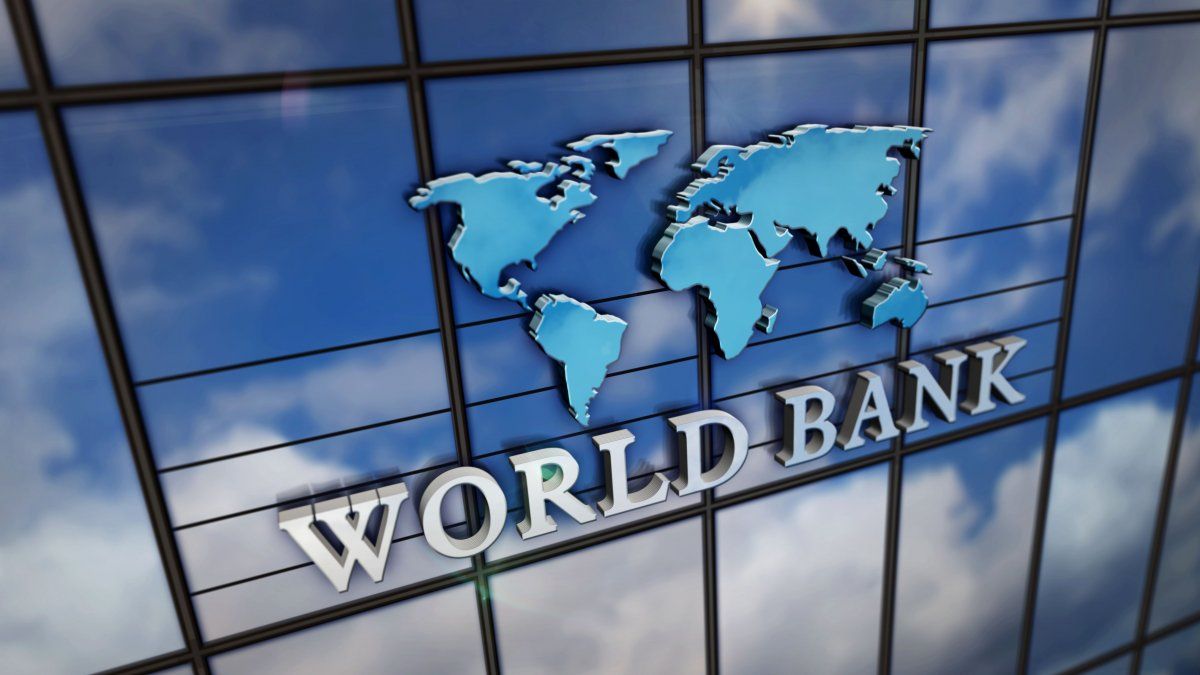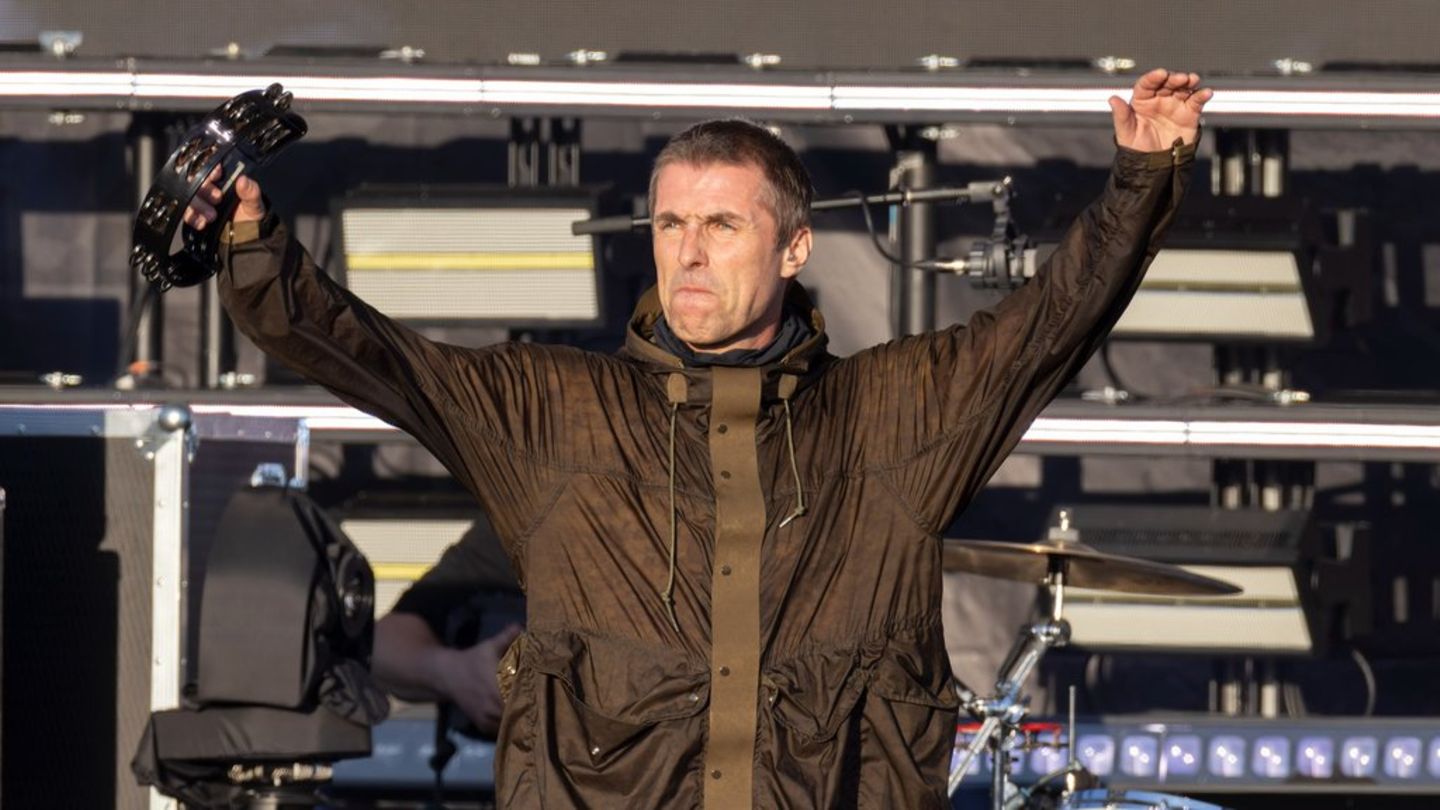Half of the world’s 75 poorest countries are experiencing a widening income gap with the richest economies for the first time this century, in a historic setback to development, the World Bank says in a report released Monday.
The difference between per capita income growth in the poorest and richest countries has increased over the past five years, according to the report.
“For the first time, we see that there is no convergence. They are getting poorer,” Ayhan Kose, deputy chief economist at the World Bank and one of the authors of the report, told Reuters.
“We see a very serious structural regression, a setback in the world (…) that is why we are sounding the alarm,” he added.
75 countries that access WB loans are at risk of losing a decade of development
According to the report, the 75 countries eligible for interest-free grants and loans from the World Bank’s International Development Association (IDA) risk losing a decade of development without ambitious policy changes and significant international aid.
According to Kose, growth in many IDA countries had already started to slow before the COVID-19 pandemic, but in 2020-2024 it will be just 3.4%, the weakest half-decade of growth since the beginning of the nineties. The Russian invasion of Ukraine, climate change, increased violence and conflict also weighed heavily on his prospects.
World Bank: countries that are getting poorer
More than half of IDA countries are in sub-Saharan Africa, 14 in East Asia, and eight in Latin America and the Caribbean. Thirty-one have a per capita income of less than $1,315 annually. These include the Democratic Republic of the Congo, Afghanistan and Haiti.
One in three countries in the AIF is poorer now than on the eve of the pandemic. In IDA countries lives the 92% of the world’s population lacking access to a sufficient amount of affordable and nutritious food. Half of countries have debt problems, meaning they cannot service their debt or are at high risk of not being able to do so.
And despite its youthful population – a demographic boon at a time when populations are aging almost everywhere – its rich natural resources and its abundant solar energy potential, private and public creditors have away from them.
US Undersecretary of the Treasury Jay Shambaugh expressed concern about the deteriorating situation last week, warning China and other emerging official creditors against free-riding by reducing lending to low-income countries just as the IMF or multilateral development banks are injecting funds.
africa-europe.jpg
More than half of IDA countries are located in sub-Saharan Africa.
Nearly 40 countries recorded external public debt outflows in 2022, with flows likely to worsen in 2023said.
Kose said ambitious policies are needed to accelerate investment, including domestic efforts to strengthen fiscal, monetary and financial policies, and structural reforms to improve education and increase national income.
Significant financial support from the international community is also essential to move forward and reduce the risk of prolonged stagnation, Kose said, noting that the World Bank hopes to achieve a solid replenishment of IDA funds by December.
Greater international coordination on climate change, debt restructuring and measures to support cross-border trade would also be crucial.
Indermit Gill, chief economist of the World Bank, pointed out that China, India and South Korea – today great economic powers – had once been among the poorest countries in the world, but were able to tackle extreme poverty and raise the level of life.
Source: Ambito




